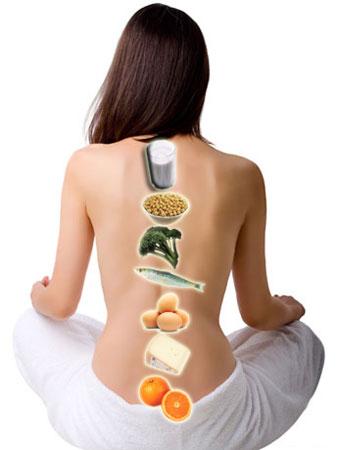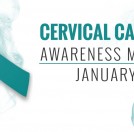Are You Getting Enough Calcium, or Too Much?
Among the American women aged 50, 1 out of 5 suffer from osteoporosis, and half all women aged above 50 will have fracture in the hip, wrist, and spine. Men of 70 years and more are also at high risk of osteoporosis. Asian women are most prone to bone breakage and osteoporosis, but so as those people from other races who don’t have enough calcium intake.
Recommended daily calcium intake differs from country to country, having the need to consider aspects such as age, gender, height, and weight. For instance, United States calcium intake recommendation for women 51 to 70 is 1,200 mg per day, 1,300 in Australia, but only 700 in United Kingdom and 800 in Scandinavia. A recent study, however, found a very notable observation regarding calcium intake and risk of bone fractures.
British Medical Journal: Extra Calcium Intake Does Not Reduce Bone Breakage

Swedish women aged above 50, who took more than 750 mg of calcium per day, showed no further advantage to bones. Observations even show that such an amount elevates risk of hip fracture of about 1.19 than those who took 700 to 750. Those who took 750 mg of calcium a day had the lowest risk, while those who took less than 700 had the highest risk of both osteoporosis and bone fracture.
Amount of calcium intake does not equal amount of absorbed calcium.
Calcium intake may vary depending on health conditions and types of foods, beverages, as well as activities of an individual. A person with 1,200 mg calcium intake would actually just absorb only about 30%, and that could be lesser due to substances present in certain foods, such as oxalic acid in spinach, sweet potatoes, beans, etc. Further absorbed calcium could still go to the trash due to some other aspects like alcohol, caffeine intake, as well as substances like phosphorus, sodium, potassium, protein, and other metabolic acids. Intake of certain medications, like aluminum and magnesium, can also increase calcium excretion.
In the wake of the popularity of easily reached dietary supplements, healthful foods still remain as the best sources of calcium, just like any other necessary nutrients.
Read calcium supplements as viewed by some doctors – Mayo Clinic.
For Americans, the dietary guidelines primarily lay on variety of fruits and vegetables, whole grains as well fat-free or low fat milk and dairy products. It should include cheese, yogurt, fortified cereals, juices, lean meats, poultry, fish, beans, and nuts. And it should stay within recommended daily calorie intake. On the other hand, saturated fats, trans fats, cholesterol, salt, and added sugars must be limited or avoided.
Sufficient calcium intake does not only benefit bones, but also help improve cardiovascular health, regulate blood pressure and hypertension, fight colon, prostate and rectal cancers, reduce risk of kidney stones, and help manage weight. On the other hand, excessive amount of calcium can also pose risks and health hazards. For instance, according to Harvard School of Public Health, high calcium intake can increase risk of prostate and possibly ovarian cancer.
Exercise plus enough amount of calcium intake helps keep healthy bones, and reduce risk of bone fractures during old age. See your trusted person in medical uniforms for your bone health.







